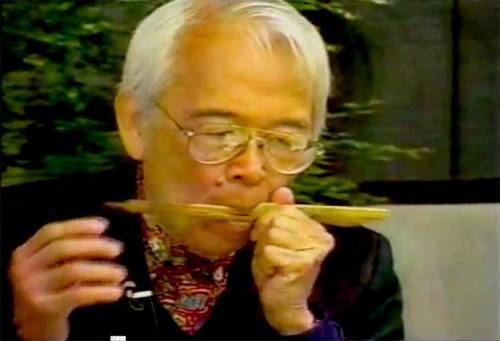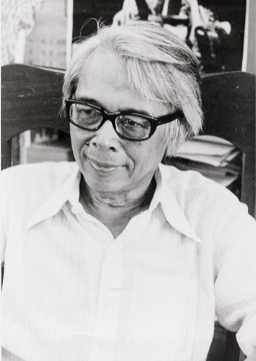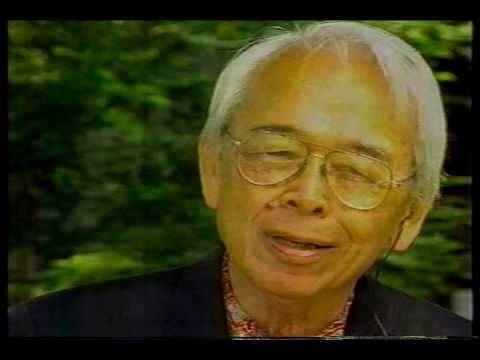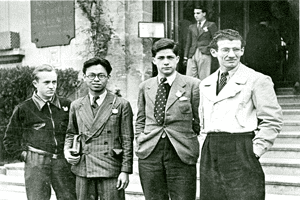Name Jose Maceda | Role Composer | |
 | ||
Awards Guggenheim Fellowship for Humanities, Latin America & Caribbean Albums Gongs and Bamboos, Drone And Melody Similar People Lucrecia Roces Kasilag, Ramon Santos, Antonio Molina, Lucio D San Pedro, Jonas Baes | ||
Remembering Jose Maceda by PrasitLeosiripong 26sept2017
José Montserrat Maceda (January 17, 1917 – May 5, 2004) was a great Filipino composer and ethnomusicologist.
Contents
- Remembering Jose Maceda by PrasitLeosiripong 26sept2017
- Jos maceda colors without rhythm 1998
- Life
- Music
- Songs
- References
Jos maceda colors without rhythm 1998
Life

Maceda was born in Manila, Philippines, and studied piano, composition and musical analysis at École Normale de Musique de Paris in France. After returning to the Philippines, he became a professional pianist, and later studied musicology at Columbia University, and anthropology at Northwestern University.
Starting in 1952, he conducted fieldwork on the ethnic Music of the Philippines. From about 1954, he was involved in the research and composition of musique concrète. In 1958, he worked at a recording studio in Paris which specialized in musique concrète. During this period, he met Pierre Boulez, Karlheinz Stockhausen and Iannis Xenakis. In 1963, Maceda earned a doctorate in ethnomusicology from the UCLA. He began pursuing a compositional career more vigorously. At the same time, he held concerts in Manila until 1969, in which he performed and conducted. This series of concerts introduced Boulez, Xenakis and Edgard Varèse to the Filipino public.
Music

As an ethnomusicologist, Maceda investigated various forms of music in Southeast Asia, producing numerous papers and even composing his own pieces for Southeast Asian instruments. His notable works include: Pagsamba for 116 instruments, 100 mixed and 25 male voices (1968); Cassette 100 for 100 cassette players (1971); Ugnayan for 20 radio stations (1974); Udlot-Udlot for several hundred to several thousand people (1975); Suling-Suling for 10 flutes, 10 bamboo buzzers and 10 flat gongs (1985). In 1977, Maceda aimed to study Philippine folk songs which he describes as having more focus on rhythm rather than time measure. From the 1990s, he also composed for Western orchestra and piano. The examples are: Distemperament for orchestra (1992); Colors without Rhythm for orchestra (1999); Sujeichon for 4 pianos (2002).


Songs
Colors Without Rhythm
Suling-Suling
Pagsamba - Part V: Agnus
